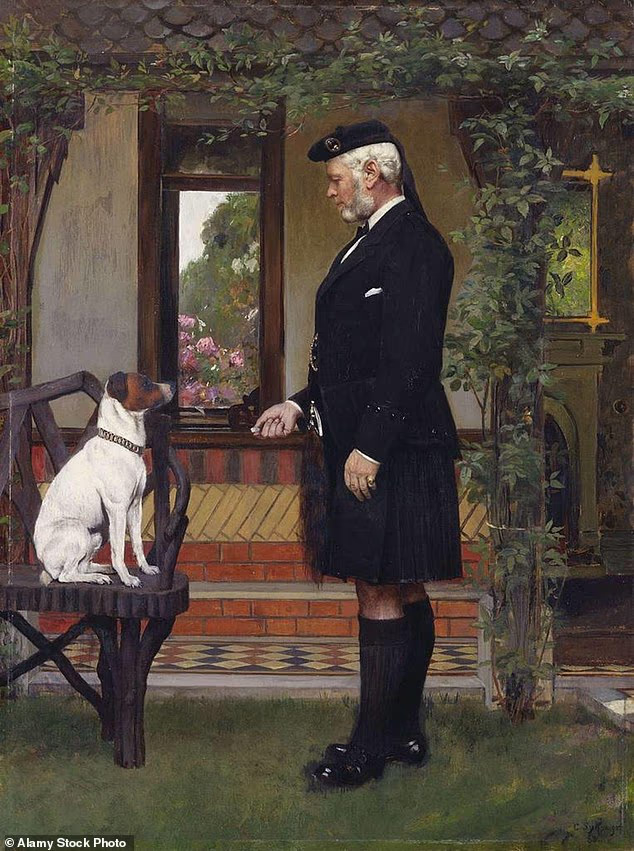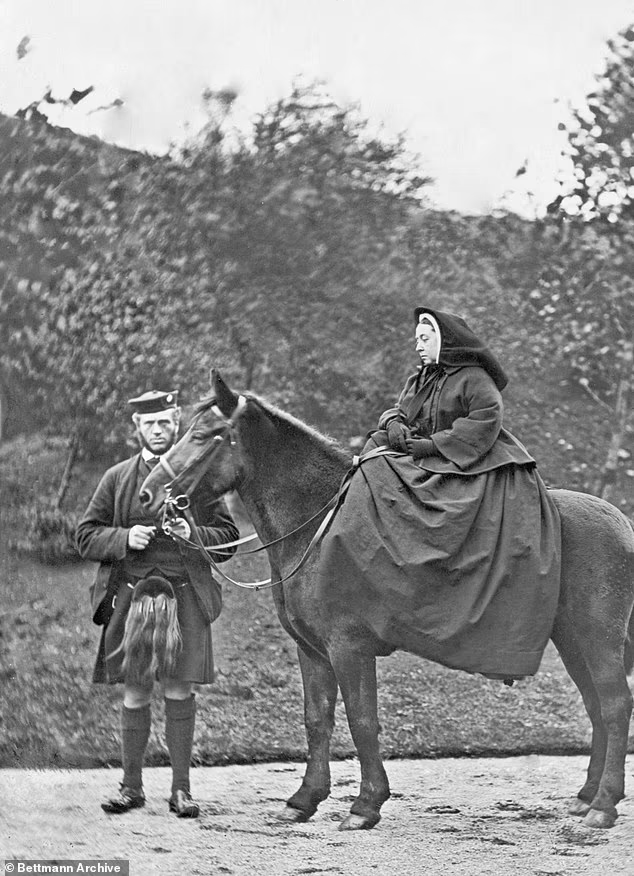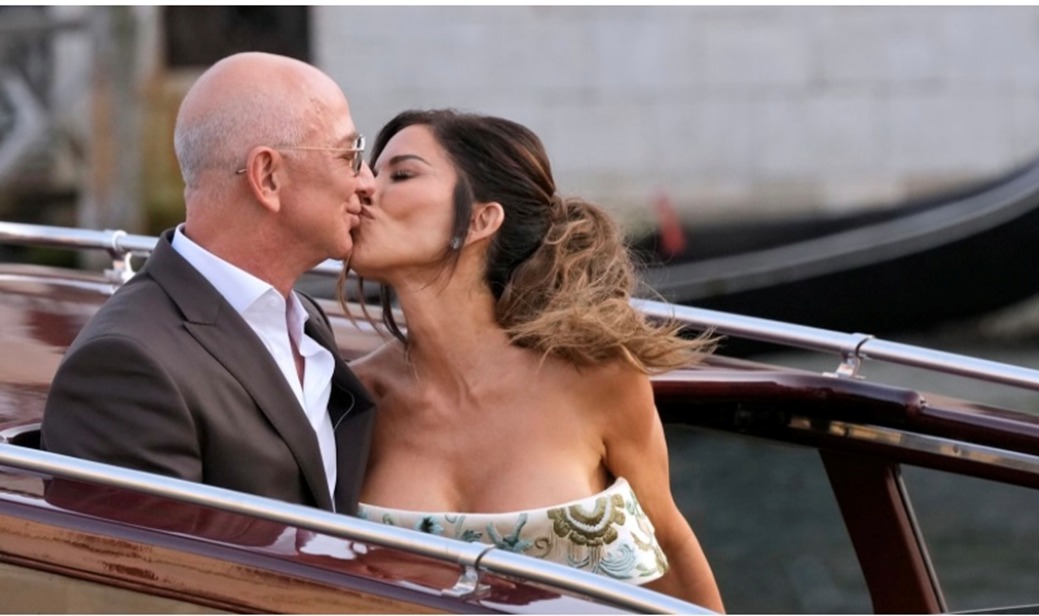It’s nearly midnight when I join the Zoom call, but for my interviewee, Angela, the workday has just ended. As her Minnesota kitchen comes into view on screen, I prepare to ask her a question that has intrigued historians for more than a century: What was the true nature of Queen Victoria’s relationship with her most trusted servant, John Brown?
Angela, a warm, tattooed hospice worker, may hold the key. She is one of the last living descendants of Hugh Brown—John’s brother—through his only daughter Mary Ann. For years, whispers have suggested a secret marriage, even a hidden child, between Queen Victoria and John Brown. Angela’s family has passed down a story that may support this.
From Servant to Confidant

Many are familiar with the 1997 film Mrs. Brown, where Judi Dench portrayed a grieving Queen Victoria finding solace in the rugged loyalty of her Scottish servant, played by Billy Connolly. After Prince Albert’s death in 1861, the Queen was plunged into deep mourning. Two years later, a carriage accident near Balmoral brought John Brown into sharp focus—when he rescued Victoria and her daughters in a moment of crisis, she saw him as more than just a servant.
John was already known to the Queen as a ghillie who led her pony during Highland visits. But that rainy night in 1863 marked a turning point. He became her constant companion, protector, and confidant. Over the next two decades, no one was closer to her.
Victoria referred to Brown as her “best friend” and confided deeply in him. Letters from her to John’s family show emotional intimacy far beyond the typical servant-royalty relationship. “No one loves you more than I do,” she once wrote to his brother, quoting John’s own words.
Love, Loyalty, and Rumors
Speculation about the nature of their relationship began in earnest in 1865, when Victoria requested Brown’s transfer to Windsor. Rumors swirled of impropriety, even marriage. Politicians worried about scandal. Lord Stanley, a high-ranking official, noted in his diary that Victoria was being called “Mrs. Brown” at court—a clear insinuation.
Victoria’s daughters privately referred to Brown as “Mama’s lover.” And when a Swiss newspaper in 1866 claimed Victoria had secretly married Brown and was pregnant, the British government’s response only fueled further media coverage.
Despite public outcry, Victoria continued to elevate John’s position. She raised his salary well above standard servant wages, gave him near-exclusive access, and ensured only he could give her certain care and instructions. She even required her sons to greet him with handshakes—a gesture of unexpected respect.
In 1872, John saved the Queen from an attempted assassination outside Buckingham Palace. From that moment, he was no longer the subject of ridicule. Victoria honored him with medals and reaffirmed his place in her inner circle.
A Secret Marriage?
That same year marked another turning point. Reverend Norman Macleod, Victoria’s close chaplain, reportedly confessed on his deathbed that he had married the Queen to John Brown. In photos taken after 1872, John can be seen wearing a gold ring on the little finger of his left hand—traditionally a sign of morganatic, or unofficial, marriage.
Victoria’s behavior also shifted. She attended the funeral of John’s father, a Highland farmer—an extraordinary breach of royal protocol. She gave his mother a home on the Balmoral estate and offered to bring John’s brother Hugh back from New Zealand at her own expense. In a surviving letter, she calls John “darling one,” rather than by surname.
These were not actions befitting a queen and a servant. They suggest something far deeper.
Was There a Child?
Perhaps the most astonishing possibility is that Victoria and John had a child together. Angela’s family holds a story passed down over generations: that a baby was placed with the Brown family after a long sea voyage. Could that child have been Mary Ann, born in New Zealand shortly after Hugh and Jessie Brown arrived there in 1865?
Curiously, Mary Ann’s will designated a Balmoral official as a potential guardian for her children—a detail hard to explain unless someone in her lineage had royal connections. Could Mary Ann have been Victoria’s daughter, raised as Hugh and Jessie’s own?
Without DNA evidence, definitive answers are elusive. But so many clues point in one direction. Victoria wore John’s mother’s wedding ring after his death. She had a cast made of his hand, just as she had done with Prince Albert. She gave John a Christmas card signed with love, and upon her death in 1901, she was buried with his photograph, a lock of his hair, and his handkerchief alongside Albert’s keepsakes.
Erased from History
Following Victoria’s death, her son Edward VII ordered the removal of all traces of John Brown from the royal record. Her journals were edited and original versions destroyed. Later attempts to publish related documents were blocked—Princess Margaret even intervened in 1987 to stop the publication of diaries written by Victoria’s physician, which described her closeness with John.
Yet their story endures, quietly preserved in family lore and historical fragments. Among these, two four-leaf clovers given by Victoria to John and kept in his scrapbook perhaps speak loudest. In Victorian flower language, their meaning is clear: Be mine.



